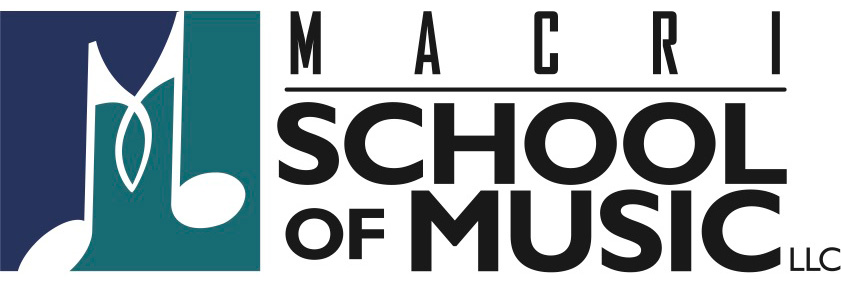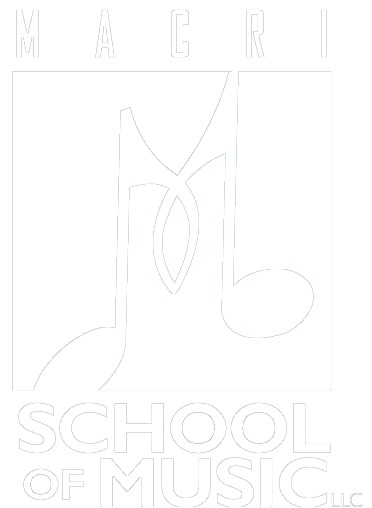Variations Of The 12-Bar Blues
The 12-bar blues, using all dominant seventh chords, is the most common form of the blues progression. It’s 12 measures long and uses the first, fourth and fifth chords of a key. The chords are usually indicated with Roman numerals (I-IV-V) and can be found by counting up the major scale. For example, in the key of A:
A B C# D E F# G#
I IV V
Literally thousands of songs have been created using the 12-bar blues progression. There may be subtle variations on the chords, rhythm and feel of the progression, but the basic idea remains the same. The example below is a common 12-bar blues progression (which is also referred to as a I-IV-V progression).
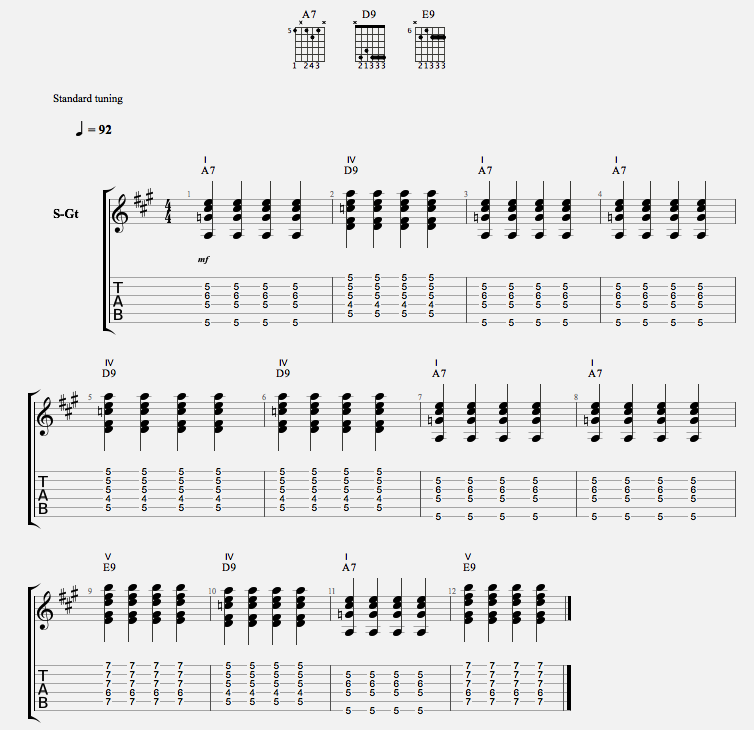
Let’s assume you have experience playing the 12 bar blues, and looking to spice up the progression in more interesting ways. The primary focus of this lesson will be to make extensive use of secondary chords. A secondary chord is a chord from a key other than the I, IV or V chord. These chords are also derived from the major scale in the same way the I, IV and V chords are. The next example shows how primary and secondary chords are extracted from the key of A.
A B C# D E F# G#
I IV V Primary Chords
A B C# D E F# G#
. ii iii vi vii Secondary Chords
The second, third and sixth notes from the key are minor seventh chords (Bmi7, C#mi7, F#mi7), but we can also alter these same chords to dominant sevenths (B7, C#7, F#7).
The blues progression below illustrates the use of secondary chords in the key of A. One important side note is the passing diminished chord in measure six. It is also common to flat a secondary chord and use it as a “passing chord” between chords of the key. Measures eight and nine demonstrates this with the flat three chord. You will hear this progression being played by artists such as T-Bone Walker, Albert King, Eric Clapton and The Allman Brothers.
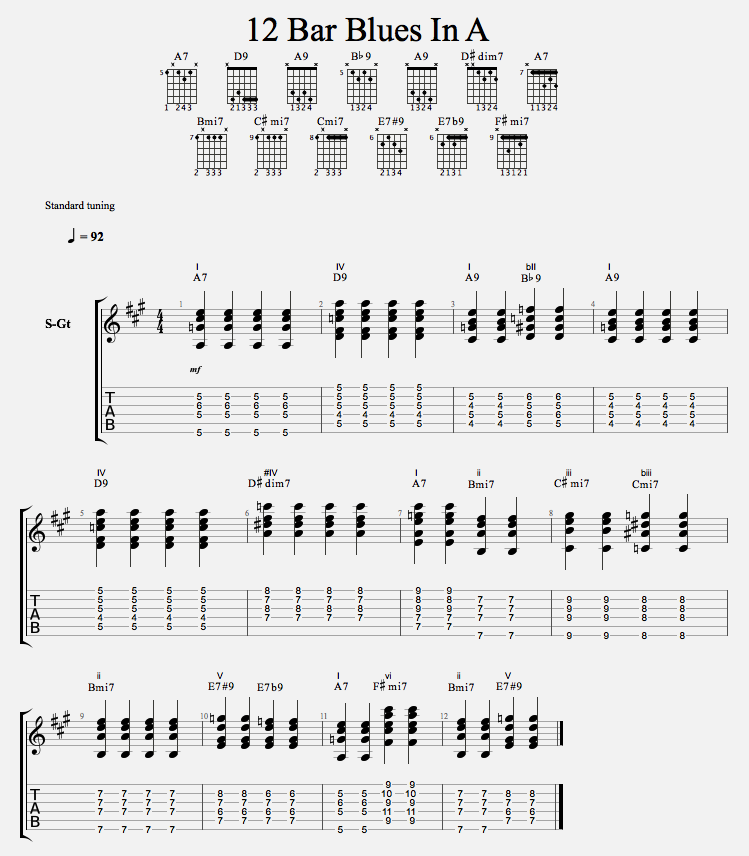
The next example takes the same exact chord progression and transposes it to the key of E.
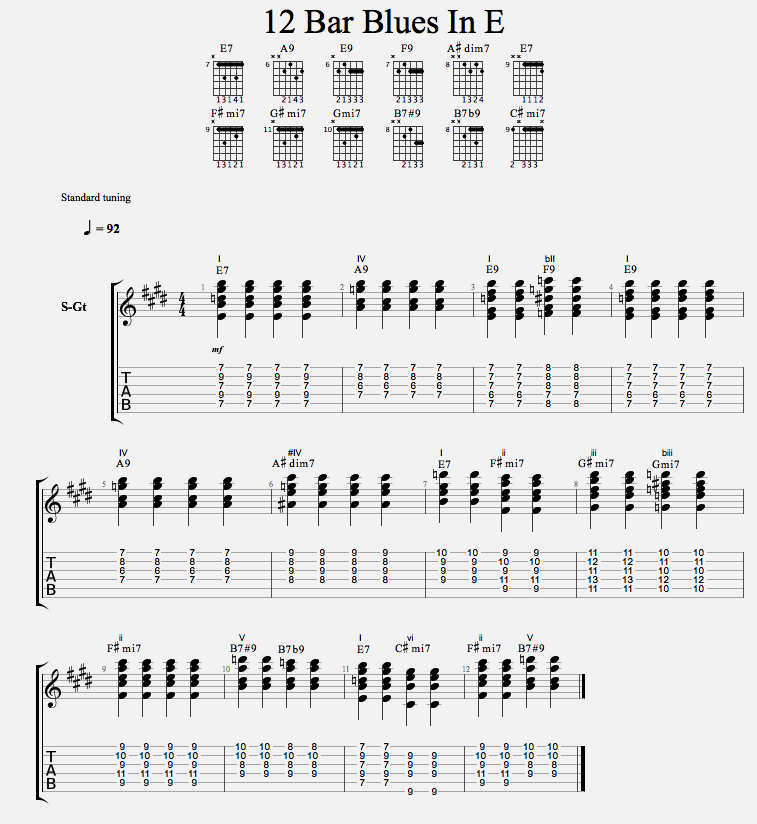
To get a good feel for this style of 12 bar blues, listen to “Stormy Monday” by T-Bone Walker and also The Allman Brothers version recorded from the album “The Allman Brothers Band At Fillmore East”.
